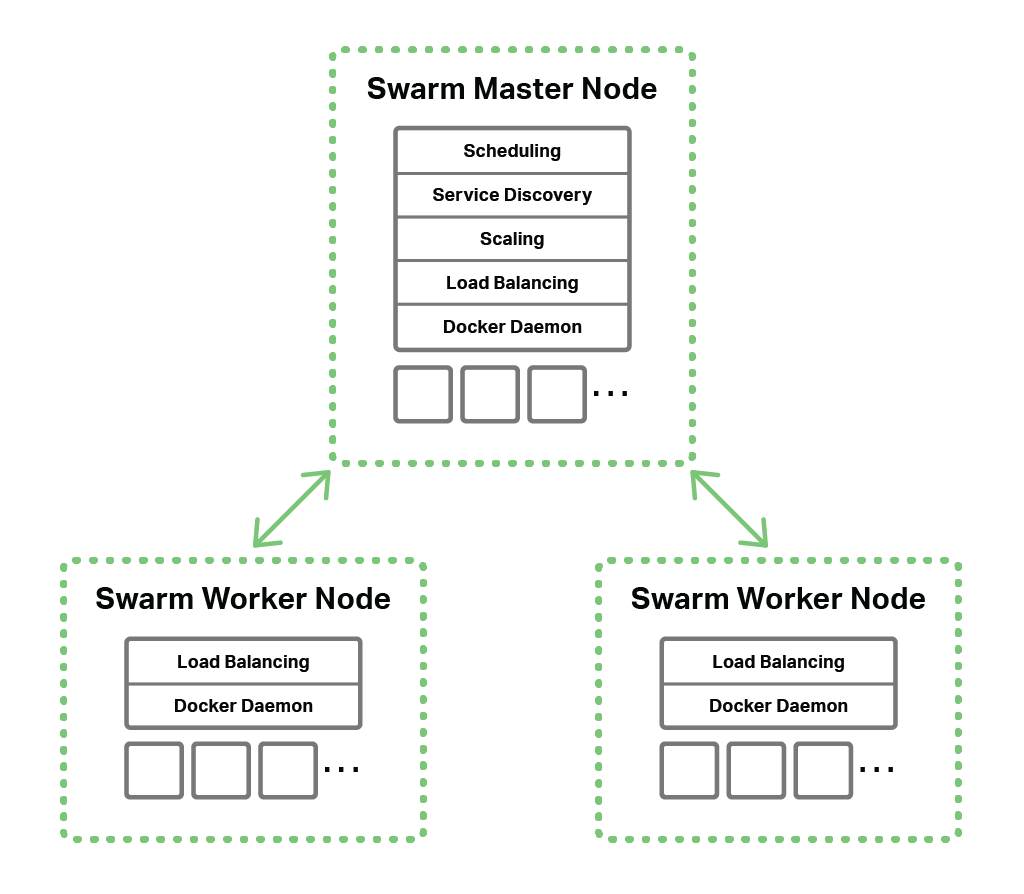In this post I discuss how to use NGINX and NGINX Plus for Docker Swarm load balancing in conjunction with the features introduced in Docker 1.12. All files I used during my demo at nginx.conf (and more) are available on GitHub for you to experiment with.
Overview
Docker version 1.12, released in late July 2016, integrates Docker Engine and Swarm and adds some new orchestration features, to create a platform similar to other container platforms such as Kubernetes. In Docker 1.12, Swarm Mode allows you to combine a set of Docker hosts into a swarm, providing a fault‑tolerant, self‑healing, decentralized architecture. The new platform also makes it easier to set up a Swarm cluster, secures all nodes with a key, and encrypts all communications between nodes with TLS.
At the same time, the Docker API has been expanded to be aware of services, which are sets of containers that use the same image (similar to services in Docker Compose, but with more features). You can create and scale services, do rolling updates, create health checks, and more. DNS service discovery and load balancing are built in, and you can also set up cluster‑wide overlay networks.
Topology for Docker Swarm Load Balancing
For this discussion and demo, I have three Swarm nodes – a master and two workers. Continue reading…































